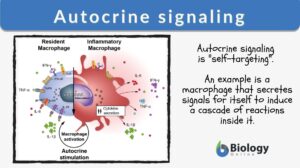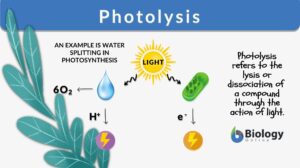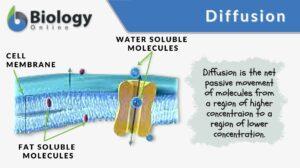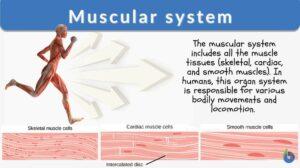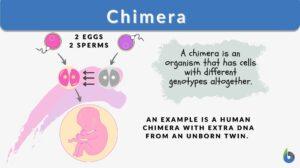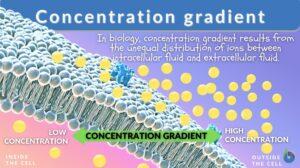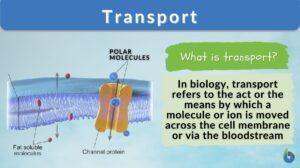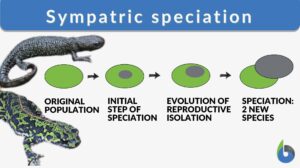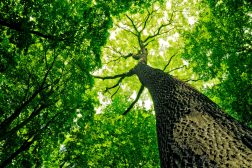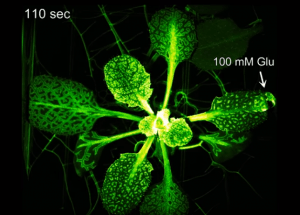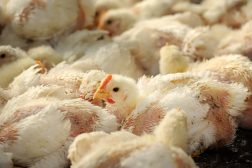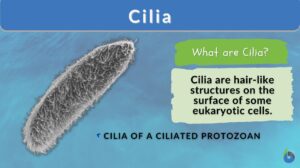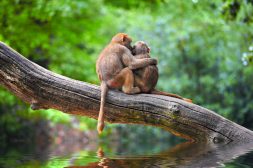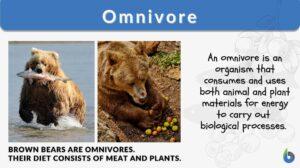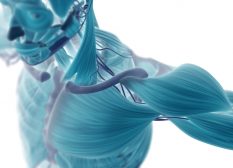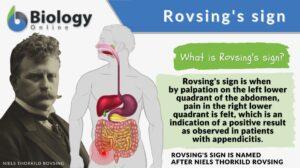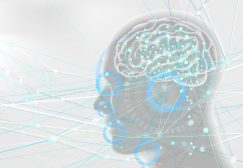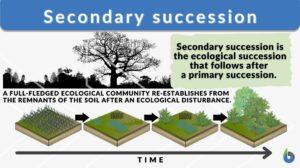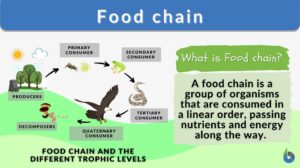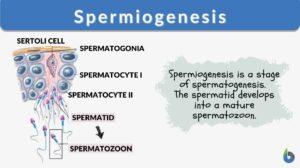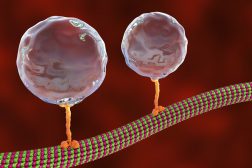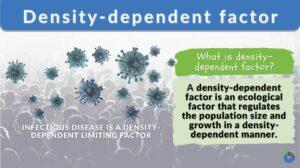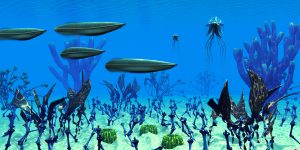Search Results for: distance
Working distance free
working distance free (Science: microscopy) The distance between the front lens of the objective and the coverslip (or... Read More
Map distance
Map distance The degree of separation of two loci on a linkage map, measured in morgans or... Read More
Autocrine signaling
Autocrine Signaling Definition What is autocrine signaling? Autocrine signaling is a type of cell signaling wherein a cell... Read More
Photolysis
Photolysis Definition We define photolysis as a chemical process in which chemical compounds or molecules are split into... Read More
Muscular system
Muscular System Definition What is the muscular system? The muscular system is a system that includes muscle cells and... Read More
Nervous System
THE is the most complicated and highly organized of the various systems which make up the human body. It is the... Read More
Linkage map
Definition noun A genetic map showing the relative positions of genetic markers along a chromosome that is determined by... Read More
Chemoreceptor
Definition noun, plural: chemoreceptors (1) A sensory nerve cell or sense organ, as of smell, or taste, that are able to... Read More
Genetic map
Definition noun (1) A list of ordered genetic loci for a particular genome. (2) A map of the relative positions of genetic... Read More
Concentration gradient
What is a concentration gradient? A gradient is a measure of how steep a slope is. Thus, a concentration gradient would be... Read More
Sympatric speciation
Speciation is a process of evolution through which two different existing populations evolve and a distinct species form. It... Read More
Ionic bond
Definition noun plural: ionic bonds A type of chemical bond in which atoms, ions, or molecules are held together by... Read More
Phytohormones
phytohormone --> plant growth substances (Science: plant biology) substances that, at low concentration, influence plant... Read More
Plant sets off “SOS” for plant defense when it gets hurt
When herbivore, such as an insect, nibbles a plant leaf, the plant sets off an "SOS" or distress signal as one of the... Read More
Selective Breeding
Reviewed by: Mary Anne Clark, PhD Thousands of years before Darwin proposed evolution by natural selection and... Read More
Population Regulation in an Ecosystem
Darwin focused some of this work in regards to the population size of a species, and what factors may affect them. He... Read More
Neurology of Illusions
As mentioned in the previous tutorial, Human Perception, illusions can be caused by mental disorders or misreading of the... Read More
Rovsings sign
Rovsing's Sign Definition Rovsing's sign is when palpation on the left lower quadrant of the abdomen results in pain in the... Read More
Sensory Systems
A sensory system is a part of the nervous system consisting of sensory receptors that receive stimuli from the internal and... Read More
Internal conjugate
Internal conjugate --> conjugate of pelvic inlet distance from the promontory of the sacrum to the upper posterior edge... Read More
Intra-articular cartilage
Intra-articular cartilage --> articular disc a plate or ring of fibrocartilage attached to the joint capsule and... Read More
Cell signaling
Definition noun The process of communication occurring between the cells and within the cell Supplement Cell signaling is... Read More
Secondary succession
We all have come across news where forest lands got destroyed by wildfires. Or sometimes we have read about an entire... Read More
Food chain
Everything is a cycle in life. The way organisms consume their food also follows a cycle. This is usually described as the... Read More
Spermiogenesis
Spermiogenesis Definition Spermiogenesis is the stage of spermatogenesis wherein the spermatids differentiate into mature... Read More
Movement of Molecules Across Cell Membranes
Diffusion Diffusion is essentially the movement of molecules from a region of higher concentration to a region of lower... Read More
Density dependent factor
Density-dependent factors are the limiting factors of an ecosystem that regulate population growth in a density-dependent... Read More
Arthropods
There are over two million species of arthropods, who initially arrived on Earth in the middle of the Cambrian period.... Read More
Growth and Plant Hormones
Growth All living organisms begin in the same form: as a single cell. That cell will divide and the resulting cells will... Read More

